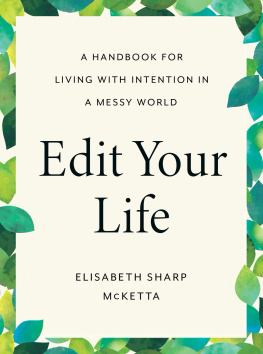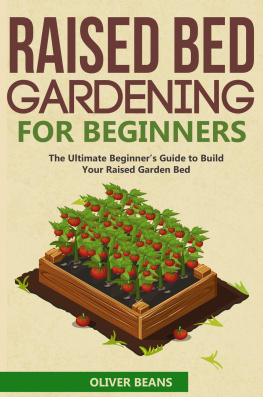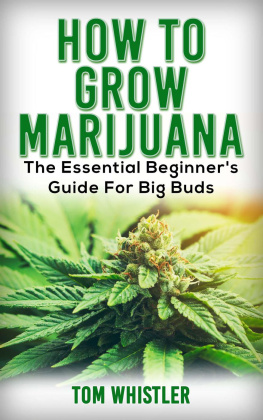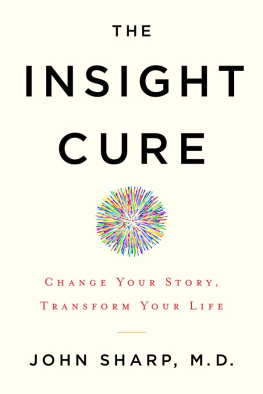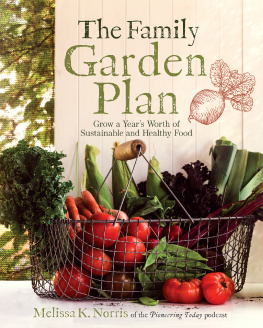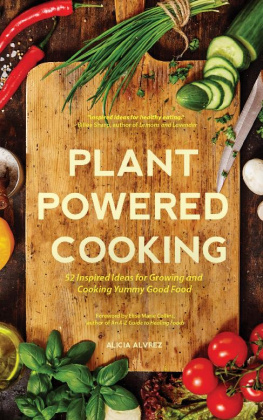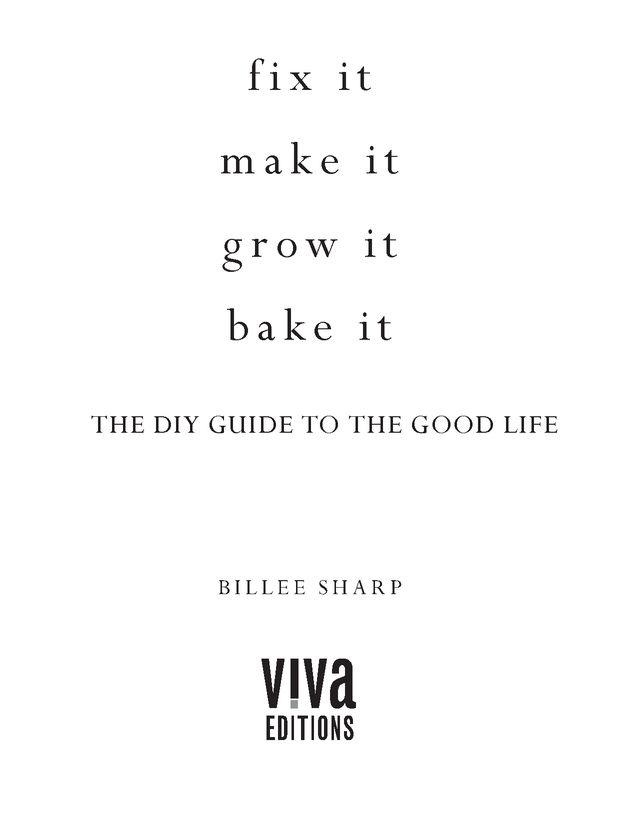Table of Contents
PRAISE FORFIX IT, MAKE IT, GROW IT, BAKE IT
Lets face it. Life is simple yet somehow most of us complicate it with clutter and wasteful consumerism. This wonderful book helps us get rid of these distractions and focus on the basics.
Matt Gonzalez, artist, attorney, and environmental activist
Much more than a how-to guide, Fix It, Make It, Grow It, Bake It is a manifesto for living rich while being kind to your pocketbook and planet.
Nina Lesowitz, co-author of Living Life as a Thank You and The Party Girl Cookbook
My copy of Fix It, Make It, Grow It, Bake It is filled with highlights, post-its, and dog-ears marking the cool things I want to do. Even a lifelong cheapskate like me learned a lot of ways to live fabulously frugal!
Lara Starr, co-author of The Frugal Foodie Cookbook
I love how Billee Sharp weaves together the timeless information (herbs, crafts, gardening, recipes) with the new (freecycling, Wikipedia, open source software).
Alicia Bay Laurel, author of Living on the Earth
FOREWORD
Marriage, motherhood, multiple careers, wise forebearsa stonecutter father, a kitchen-wiz mother, and hardworking, victory-garden-growing grandparentsalong with the serious study of sages from J.R.R. Tolkien to Stewart Brand have conferred several lifetimes worth of wisdom upon Billee Sharp, who can make piatas, cure cold sores, and fix leaky faucetswithout spending a dime. Socially aware, eco-conscious citizen that she is, Sharp pays it forward in Fix It, a handbook packed with inspiration, ideas, and handy how-tos for every room in the house. From crafting techniques to bath-salt formulas, its so engagingly written that even the staunchest procrastinator or toolophobe will be coaxed to snatch up shovels, stencils, screwdrivers, and sangria recipes, transforming wardrobes and lifestyles in the process.
Whether youre a diehard DIYer or new to the fold, Billee Sharp is exactly who you want in your (handpainted, rag-rugged, borax-cleansed) corner. As she so eloquently reveals in Fix It, shes not only the cheering-squad pal you wish you had; shes also your friendly neighborhood philosopher, career counselor, financial planner, political activist, party organizer, plumber, art instructor, healer, herbalist, beautician, travel agent, decorator, gardener, psychologist, and chef. She describes herself as a committed daydreamer. But if self-reliance, independence, and the saving of oodles of cash is the result, then the president should appoint a daydreaming czar. I know whom Id nominate.
Anneli Rufus
INTRODUCTION
Do Your Own Thing!
Most of us are searching for the good life. What constitutes a good life is obviously subjective, but our quest to find happiness directs each of our lives in unexpected ways. When I think of personal happiness, security and fulfillment immediately come to mind. We all want the means to realize our hearts desires, but it is perhaps these desires that need to be reexamined. As a society, weve recently learned the hard way that we often want more than we can afford: our overextended credit system and failed subprime mortgage market have led our economy to a near collapse.
Twenty-first-century life affords us a unique perspective on the world we live in. We are hyperconnected to the rest of the globe, and we are all too aware of the ecological and economic crises that beset contemporary life. We can see that our daily actions have very real repercussions, and what we do as individuals shapes our world both literally and figuratively. We now have an opportunity to take our vision for humanity more seriously.
Slowly, we are acknowledging that the earth does not have the capacity to meet our unrepressed appetites, and that to end the destruction of our environment and the suffering of millions, we have to want less individually.
Our emotional well-being is connected to how much money we have; while it is wretched and distracting not to have enough money to pay the bills, there are also pressures and worries that come with having plenty.
As Duane Elgin notes in his book
Promise Ahead,
For many, the American Dream has become the souls nightmare. Often, the price of affluence is inner alienation and emptiness. Not surprisingly, polls show that a growing number of Americans are seeking lives of greater simplicity as a way to rediscover the life of the soul.
How do we adapt our life expectations accordingly? For me, the desirability of a $7,000 designer handbag evaporates when compared to the number of people that sum could feed. The carbon offsetting systemwhere individuals calculate their carbon expenditure and try to lower their carbon footprintis an initiative that shows how seriously we take our situation. Likewise, the growing support for fair-traded goods in commercial markets is evidence that mainstream society is beginning to show more compassion for the people who make and grow our food.
Quite literally, how we see the world has changed. In 1966, with the question Why havent we seen a photograph of the whole earth yet? Stewart Brand initiated a public campaign for NASA to release the satellite image of our planet from outer space. His argument was that the image would be a powerful symbol for humanity, and he was right. Our visualization of the world was changed with our access to this image, and this parallels the dramatic reconfigurations that have transformed Western society. We now have legislation that prohibits discrimination based on color, gender, and religion. Popular opinion and our evolving global consciousness give us hope that humankind can peacefully coexist with one another and with the earth.
I believe that this newly awakened consciousness is due, in large part, to the radical ideas of the Sixties counterculture movement. My own personal philosophy has been shaped by the ideologies of that era, and I felt their impact even as a child. I was impressed by images of student protesters on the evening news and evocative Beatles songs, as well as by an elementary school teacher of mine who wore a purple corduroy suit and a hand-knitted tie and introduced me to The Hobbit. I was deeply affected by my elder cousins vegetarianism and admired the way she and her boyfriend traveled with a guitar so they could make music whenever they wanted it.
I, too, wanted a life of new possibilities. So in the early 1990s I relocated across the globe from London to California, where I started a family and an independent record label with my musician husband. The economic reality of doing our own thing in San Francisco led me to reexamine the ideas of those free-thinking hippies, adopting and adapting as I saw fit. I also started to explore their culture and history in earnest. I began to read Ken Kesey, Jack Kerouac, Tom Wolfe, and Allen Ginsberg, and their mind-blowing literature and poetry led me to radical social theorists like Timothy Leary, Stewart Brand, R. Buckminster Fuller, and Terence McKenna. I also read Alan Watts and Ram Dass on spirituality and Rachel Carson on the environment. I began to see how the cultural revolution that began in the Fifties seeped into all areas of society, from the music and literature of popular culture to the antiwar activism that ended the Vietnam War. I saw its reverberations through the womens movement, the civil rights movement, and environmentalism, and I realized that all these strands are connected through this radical thinking.


